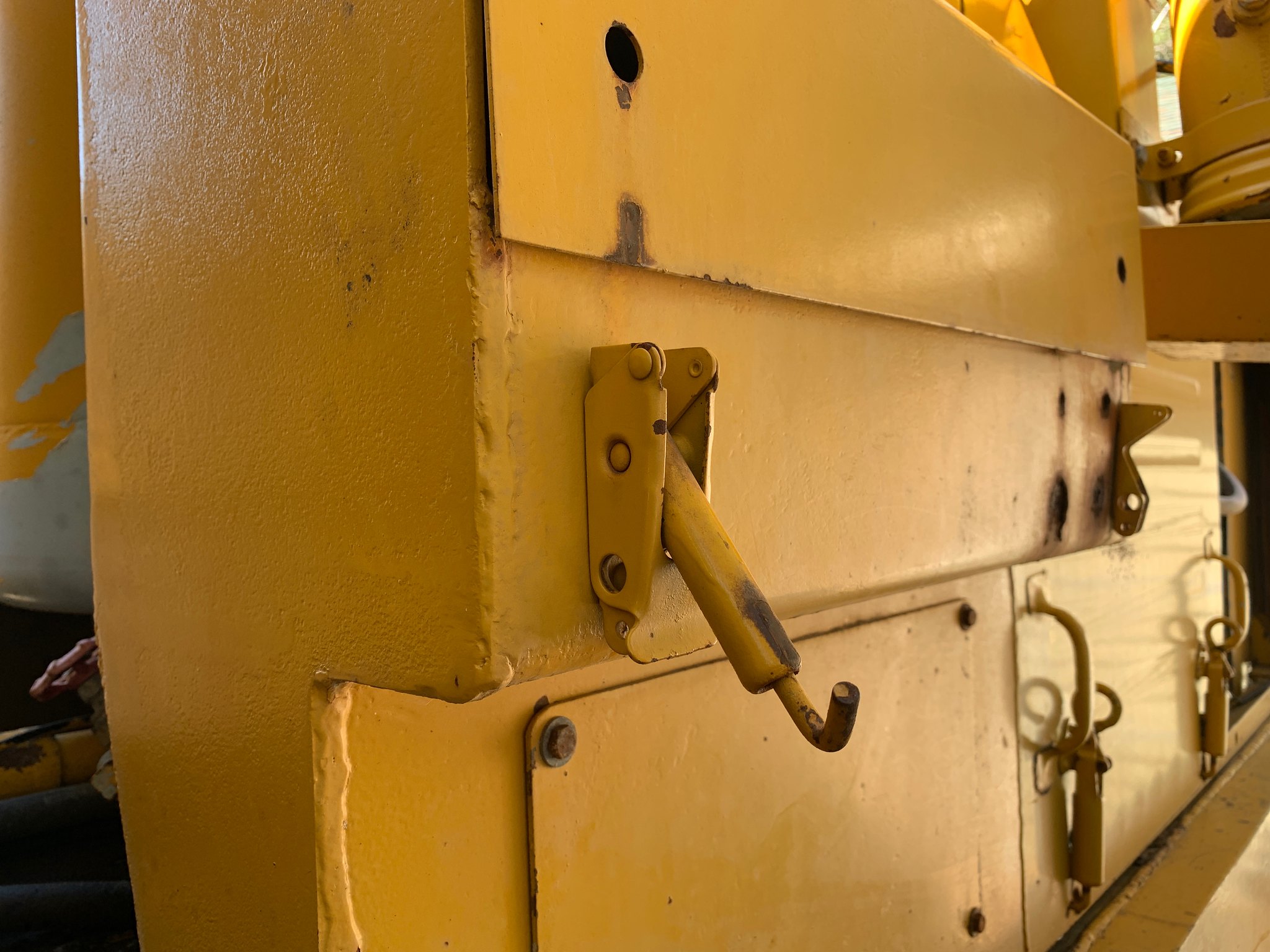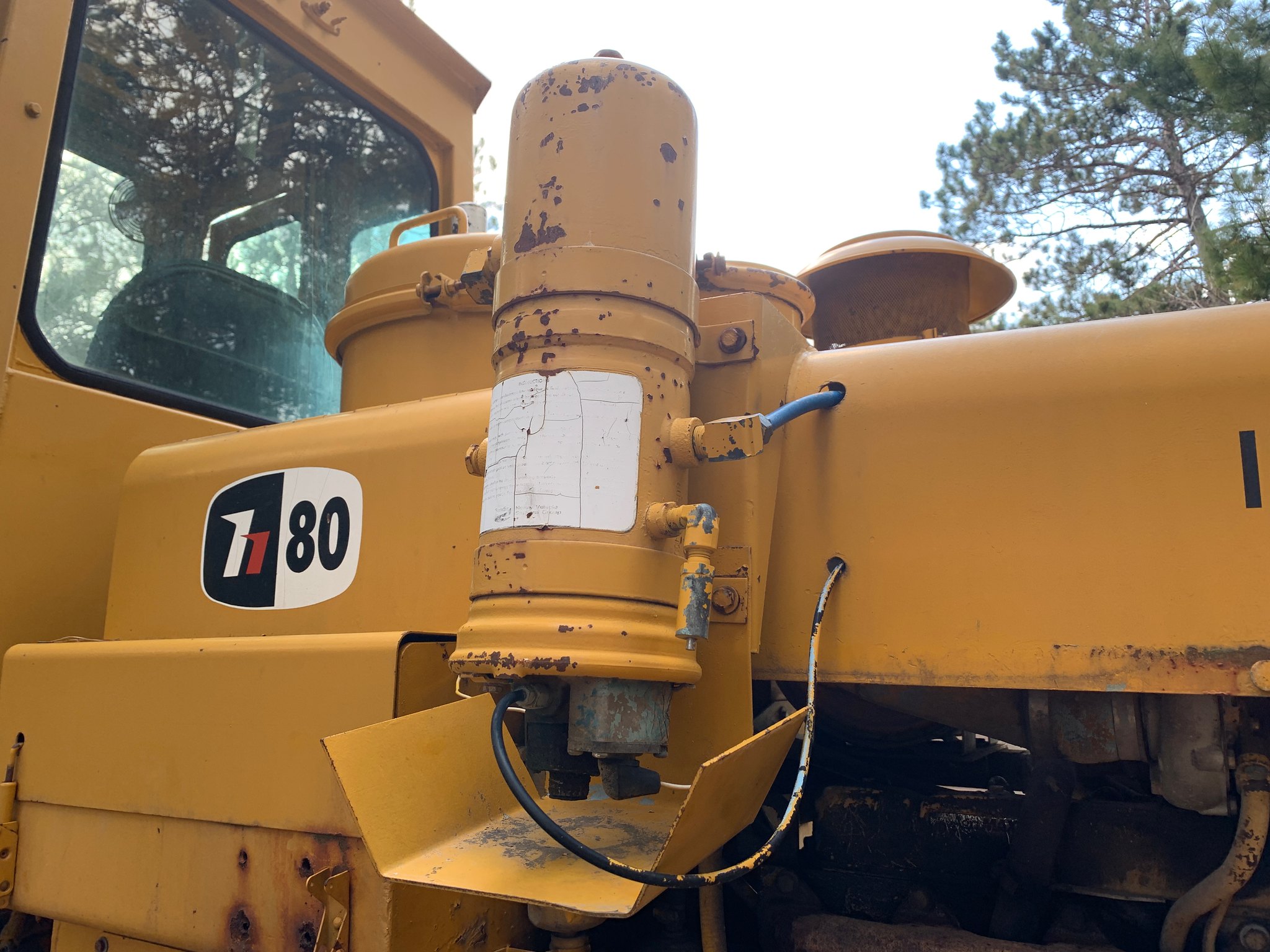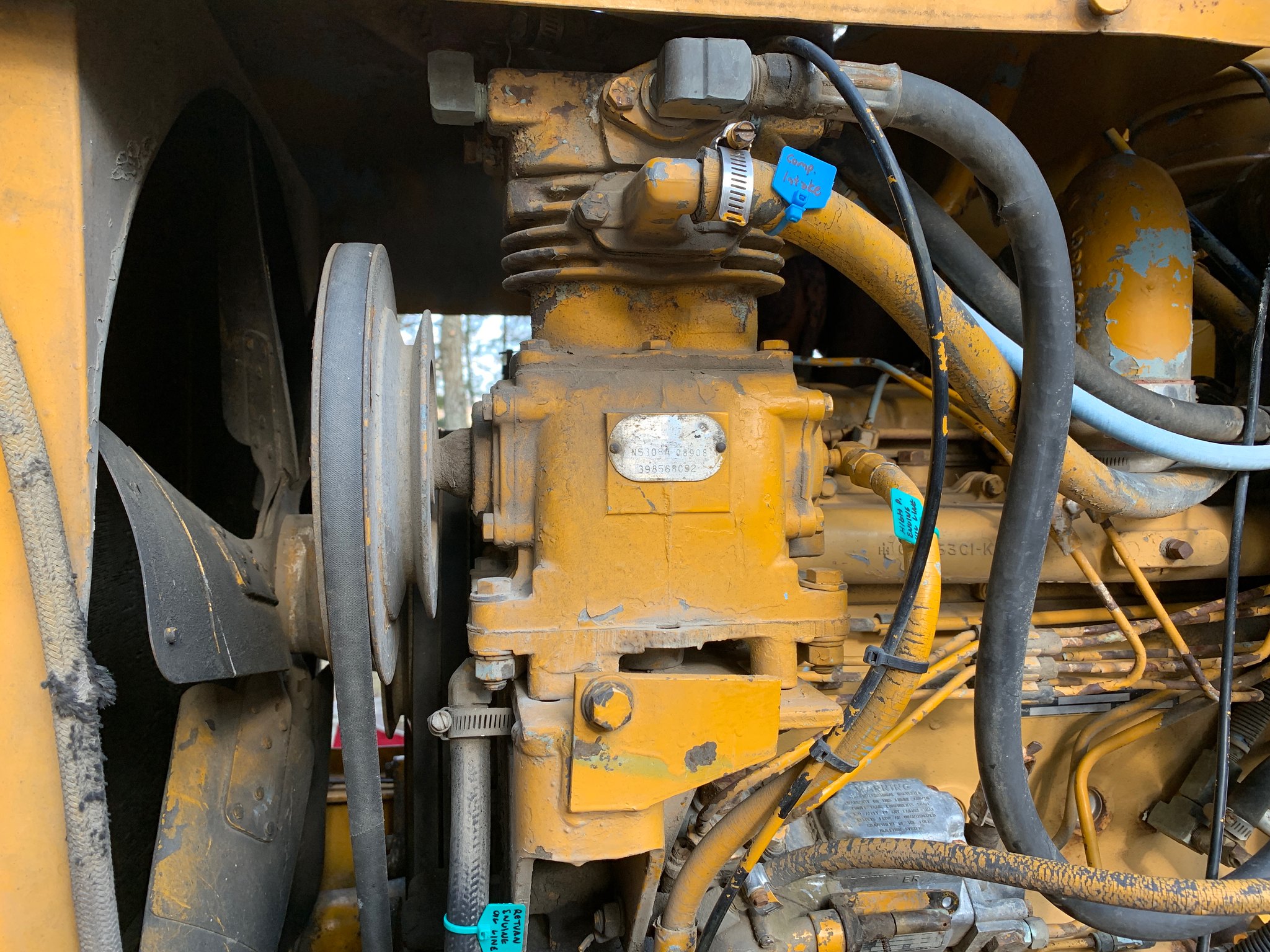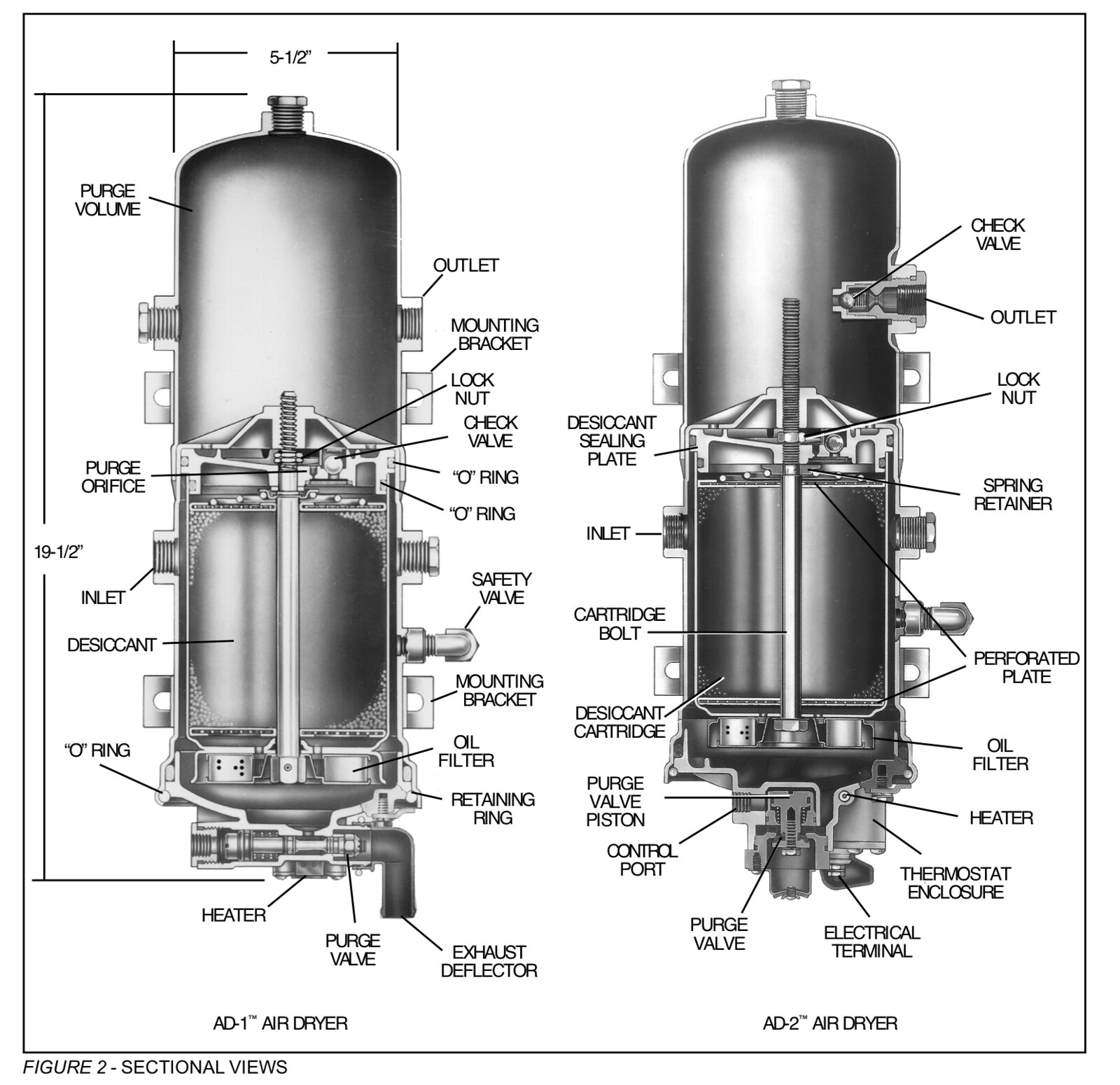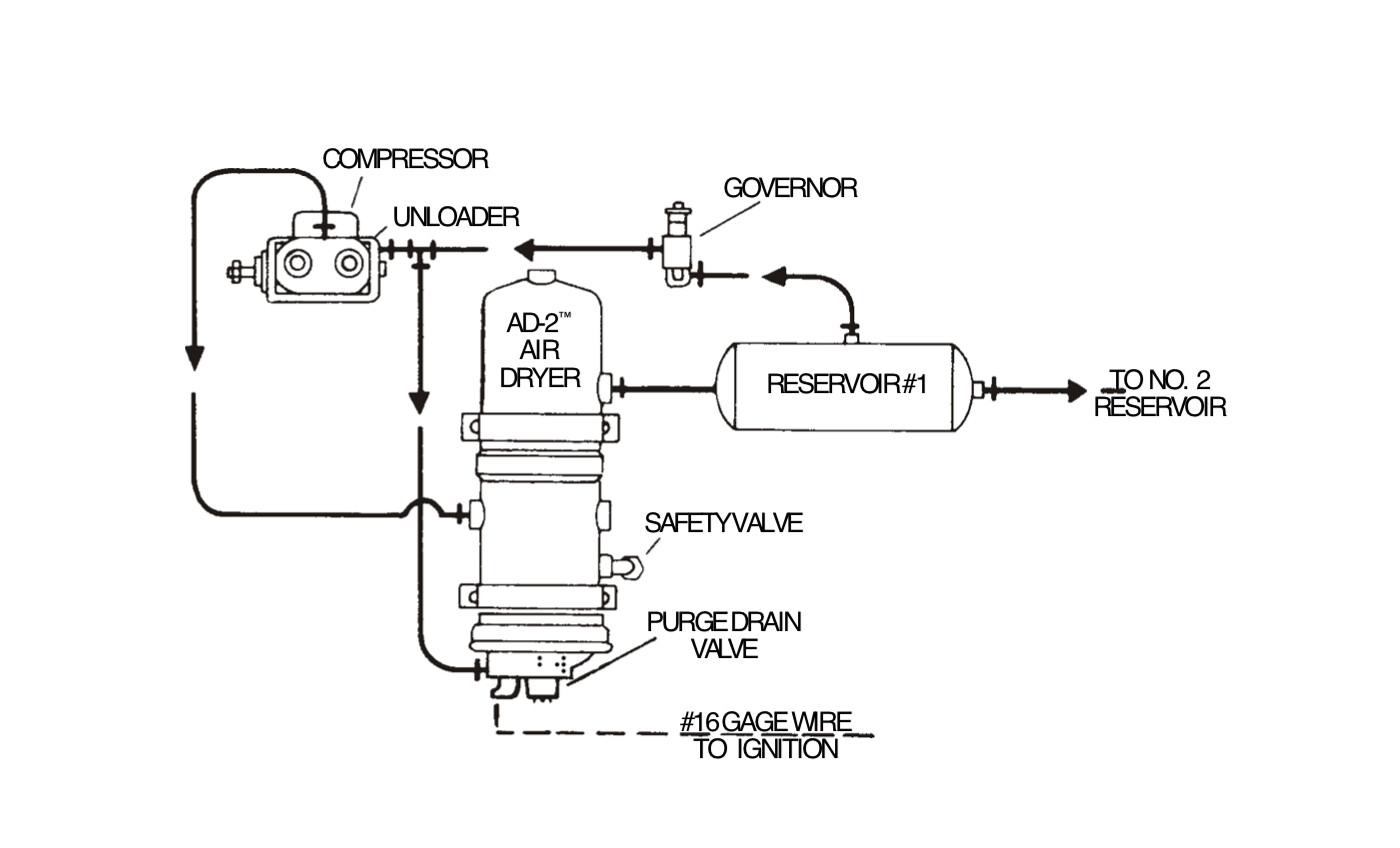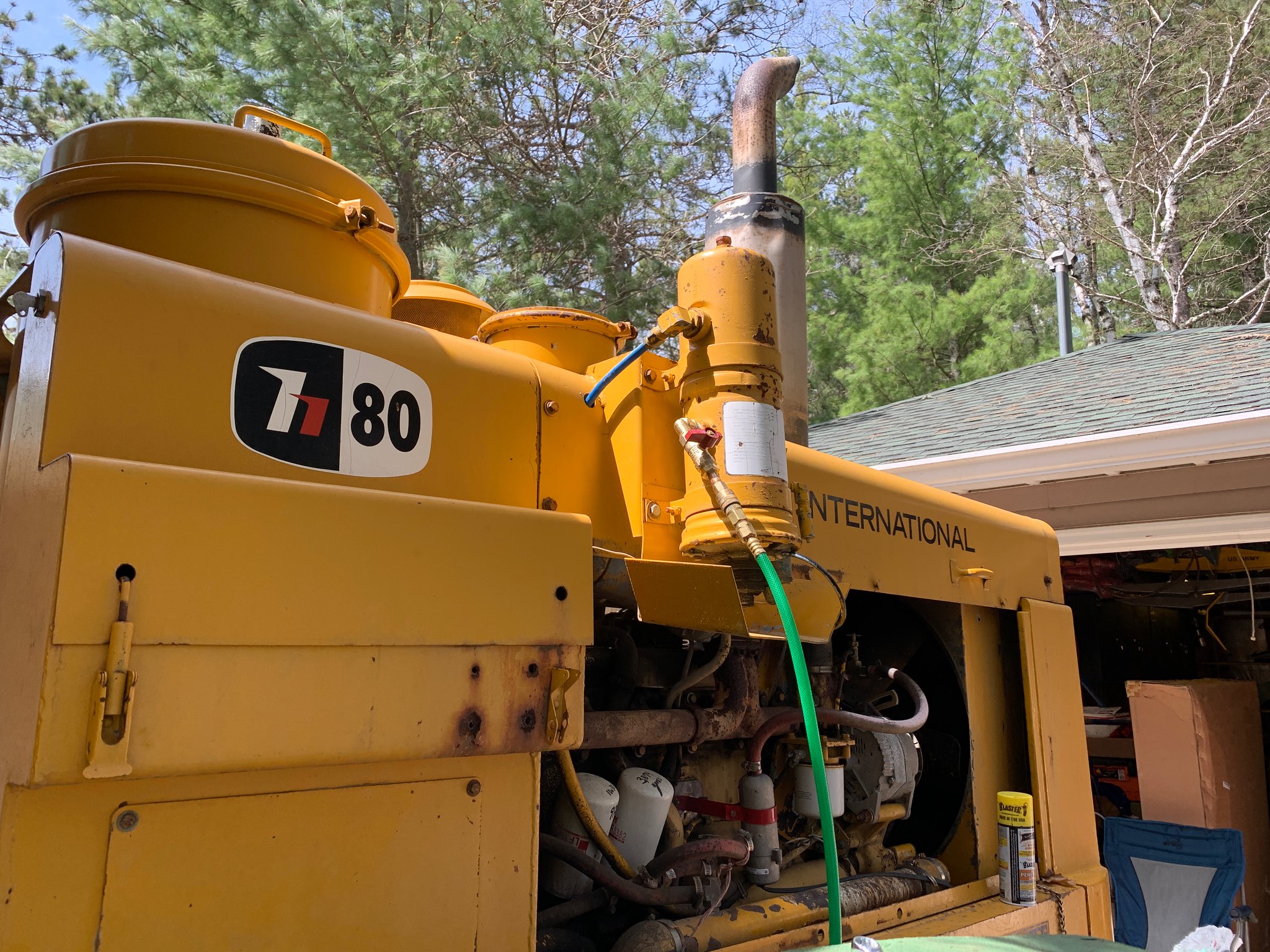kshansen
Senior Member
- Joined
- Mar 11, 2012
- Messages
- 11,165
- Location
- Central New York, USA
- Occupation
- Retired Mechanic in Stone Quarry
I have yet to figure out how to quote somebody on this forum, kshansen, but I agree the brakes are the number one priority but while waiting to get brake parts in, other tasks can be completed.
Well not knowing how you are reading or posting to the forum I can not be too positive about it but on my desktop computer I just look down to the right corner of the box you are reading this in and there are three words and the message #.
If you click on the "Like" when the next person reads it there will be a white line near the bottom where it says "so-in-so" "liked this"
Now the "+Quote" is a little different. Say if in reading the thread you want to quote and reply to two or more comments but put it all in on post from you then you can just click on that "#Quote" for each posting you are replying to then wen you have them all selected click on the "Reply" in the last one and it should open a box where you can enter your reply. To make it easier for others to follow what you are commenting on I like to highlight and delete any text that is not needed but be sure to not delete the "/QUOTE" in the [ ]'s at the end.
Now if you were only wanting to quote from one post you would just click on the "Reply". Again I like to edit out the extra stuff not directly related to you reply like I did for your post when writing this reply!

